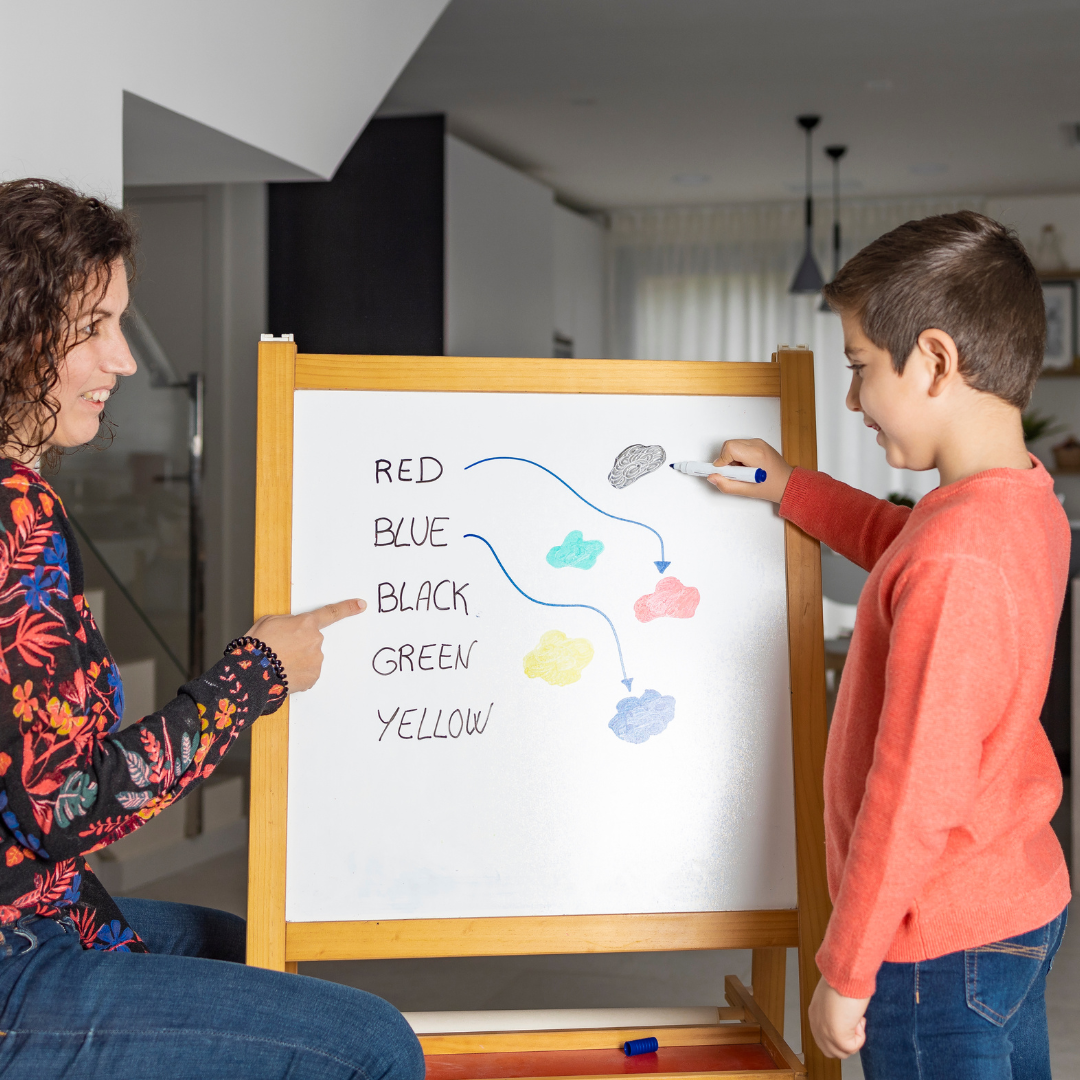Visual Tools for Well-being: Enhancing Communication in SEN Classrooms
Visual Tools for Well-being: Supporting SEN Learners Through Effective Communication
Rose Kight is the Intervention Lead at Fitzwaryn Special School in Wantage. She has over 11 years’ experience of teaching in an SEN setting and has recently completed an NPQ in Leading Behaviour and Culture.
"The single biggest problem in communication is the illusion that it has taken place."
George Bernard Shaw
How do you know what you’ve said has been understood? For our SEN children there are so many variables including difficulties with social interaction, communication and sensory sensitivities that make messages hard to understand and even harder to deliver. The Early Intervention Foundation tells us that;
"Good communication is critical to improving outcomes for children. Interventions that support effective communication skills can prevent or reduce the severity of emotional and behavioural difficulties."
As SEN teachers we rely heavily on visual aids to support good communication. The difference a visual aid can make is remarkable. From the comfort experienced by seeing the day clearly mapped out on a visual timetable; to the smile on the face of a child who is able to make a meaningful choice using an aided language board; or the pride experienced when a piece of work has been completed, supported only by a task planner.
"Approaches that create structured and predictable learning environments can significantly reduce stress and anxiety for SEN learners."
WhatWorksWell.Org
With this in mind I want to share three tools we use in an SEN setting to create a predictable environment, help pupils understand emotions and support clear communication.
o Visual timetables- a visual timetable is the focal point of any SEN classroom. They outline the entire day using pictures or symbols placed in a sequential order. We introduce each lesson or activity using the symbol and remove it once the activity has finished.
Now & Next Boards- are boards with ‘now’ written on one side and ‘next’ on the other. Underneath each heading we place a picture or symbol showing what the pupil will be doing ‘now’ and ‘next’. For example, ‘Maths’ then ‘break’. These are particularly helpful for supporting children who struggle with transitions as they break the day down into smaller digestible chunks.
Aided Language Boards- are boards with symbols and key words that enable children to make meaningful choices. For example, what would they like for lunch? They can also be populated with emotions to develop emotional literacy skills. Incorporating regulation strategies can reduce overwhelm when children are experiencing an uncomfortable emotion and help them to select an appropriate calming tool.
This is just a snapshot of some of the resources we currently use. There are many more! While we pride ourselves on making a ‘good visual’ we know that there is still work to be done to develop and embed our offer. So far we have learnt that the use of visuals is more likely to be successful when:
- We create resources in collaboration with the parent/carer and child.
- We teach children how to use them.
- We give adequate processing time.
Research tells us that the number of pupils with SEN needs in mainstream schools is higher than ever. I wonder if there are any resources that you are already using or that can be easily transferred to the mainstream classroom? After all the EFT tells us that overall, “high-quality teaching for pupils with SEND is good quality teaching for all.”







